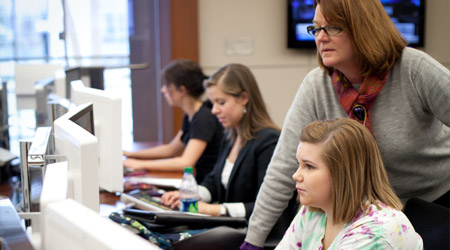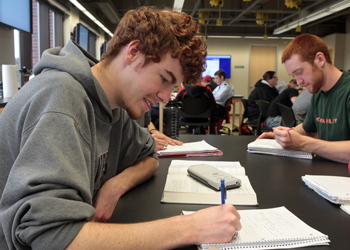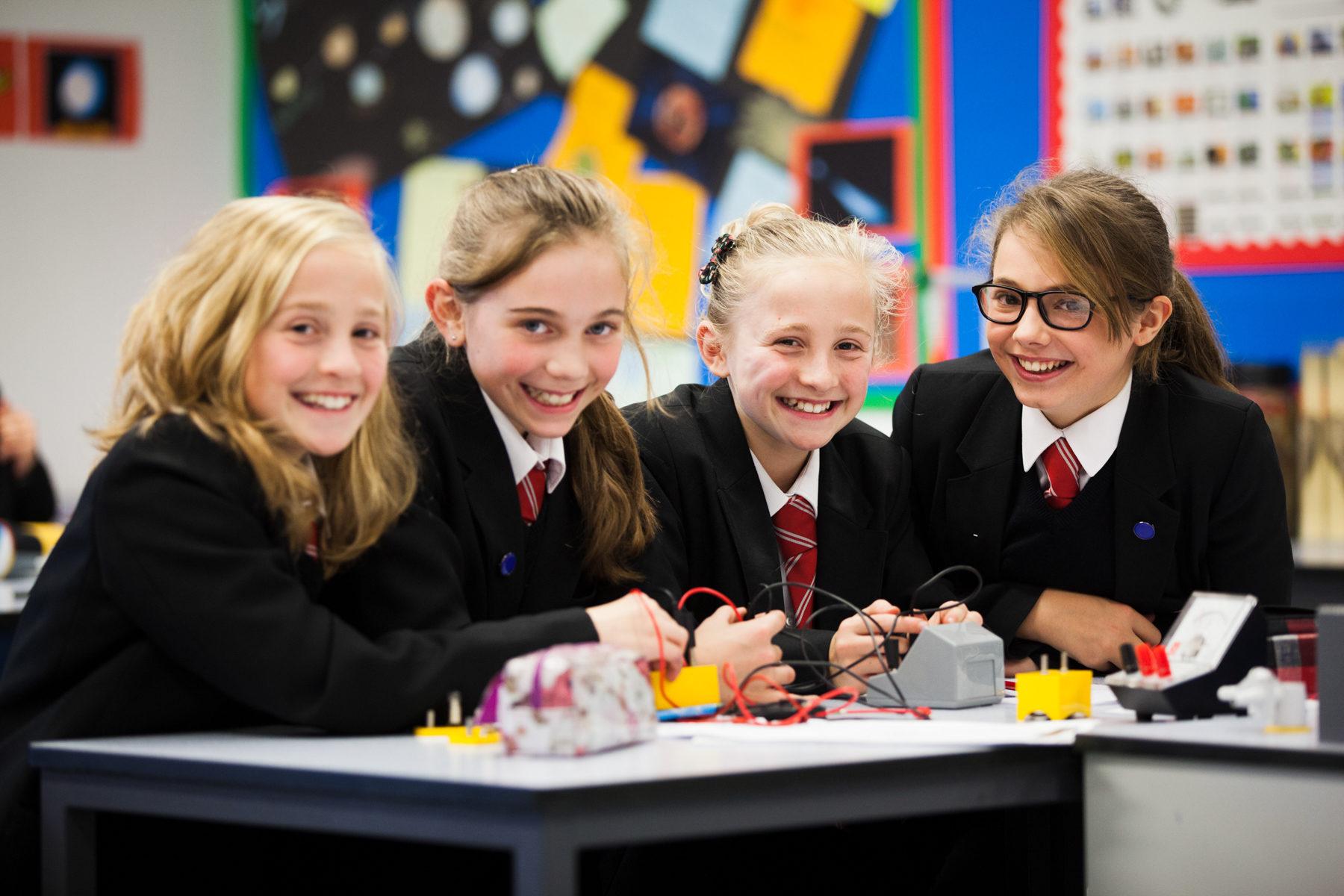Common higher secondary education supplies students with in depth basic knowledge and the readiness to start research at a university, university of utilized sciences and vocational coaching primarily based on the overall upper secondary training syllabus. For example, college students who wish to comply with science, international language , bodily exercise , or artwork tracks could choose to go to an instructional science, overseas language, or different specialty highschool ( Hangul : 특수목적고등학교; RR : teuksu-mokjeok godeung hakgyo).
The excessive schools are a part of the voortgezet onderwijs (actually: “continued training”). A measure of the proportion of whole college days for which enrolled college students are present through the interval through which a school is in session. Professional technicians also specialise within the field they have chosen in third grade, this leads to a Secondary Degree Technician diploma.
The secondary training in Taiwan consists of junior high school, senior high school, vocational high school, navy school and complete highschool. After six years in Major school, the Secondary school starts in year 7 (age 11). Quotation needed By mid-century, comprehensive excessive schools grew to become widespread, which had been designed to present a free education to any scholar who selected to stay in class for 12 years to get a diploma with a minimal grade point average.
Elementary and lower secondary college are mandatory for all kids aged 6-sixteen, though earlier than 1997, necessary training started on the age of seven. College students usually have to alter faculty after they enter decrease secondary faculty 21 and nearly at all times have to change college when they enter higher secondary college, as many schools solely provide one of the ranges.
Though their civilisation was eclipsed they usually had been enslaved, Hellenistic Athenian teachers have been valued in the Roman system The Roman and Hellenistic colleges of rhetoric taught the seven liberal arts and sciences – grammar, rhetoric, logic, arithmetic, geometry, music and astronomy – which have been thought to be a preparation for the examine at a tertiary degree of theology, regulation and medicine.
